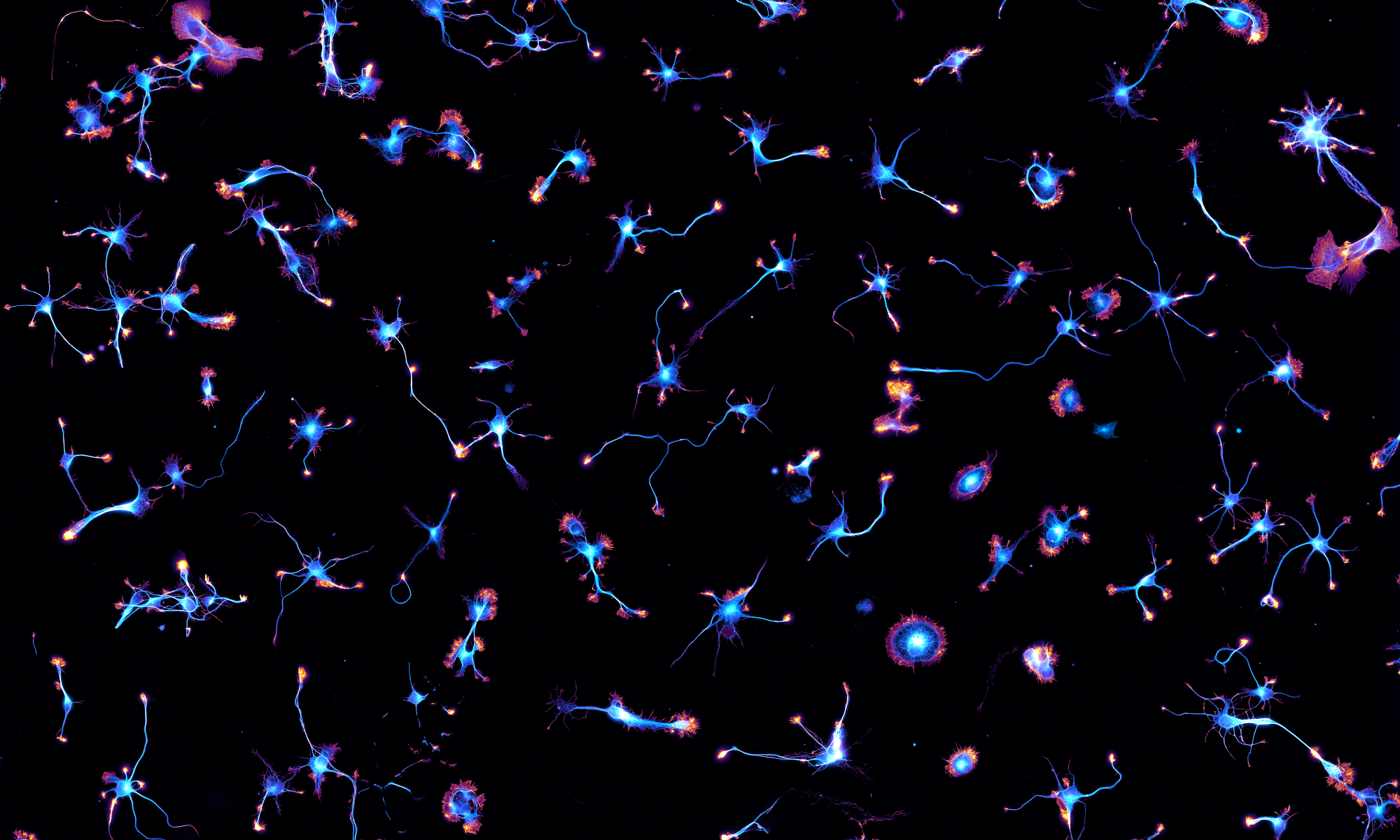In collaboration with Matt Rasband’s lab in Houston, we characterized the α-spectrin that is present along axons at the axon initial segment (AIS) and nodes of Ranvier. This work is out today as two back-to-back paper just pre-published on the Journal of Neuroscience website, here and here. Spectrins are tetramers of two α and two β subunits. It is known that the β-spectrin form at the AIS and nodes is the ßIV-spectrin since 2000, but the identity of the α subunit was unknown. In the axon, spectrins binds submembrane actin rings regularly spaced every 190 nm. As this is just below the resolution limit of conventional fluorescence microscopy (~200 nm), the resulting periodic scaffold is only visible using super-resolutive techniques such as STORM.
The first paper: “αII spectrin forms a periodic cytoskeleton at the axon initial segment and is required for nervous system function” focuses on the identification of αII-spectrin as the ßIV-spectrin partner at the AIS, and the consequences of αII-spectrin depletion in CNS-specific knockout mice. We used super-resolution microscopy to show that αII-spectrin is integrated in the AIS periodic actin/spectrin scaffold that supports the axonal plasma membrane. With the αII-spectrin antibody we used, the periodicity is seen as double bands every 190 nm by STORM. When using 2-color DNA-PAINT to image αII-spectrin together with ßIV-spectrin, the doublet of αII-spectrin labeling appears on both sides of the ßIV-spectrin bands, resolving the organization of the spectrin tetramers in situ. We also showed by STORM that the periodic actin/spectrin complex is disorganized in αII-spectrin-depleted neurons.

The second paper: “An αII spectrin based cytoskeleton protects large diameter Myelinated axons from degeneration” focuses on αII-spectrin in the PNS and nodes of Ranvier. In C. elegans mutants, the submembrane spectrin scaffold is necessary for the mechanical resistance of axons. Here, an αII-spectrin knockout mouse specific to peripheral sensory neurons was used to demonstrate this for in a vertebrate. Using STORM, we showed that loss of αII-spectrin causes a disorganization of the periodic scaffold at and around nodes. This disorganization ultimately results in the degeneration of large-diameter peripheral axons lacking αII-spectrin.


